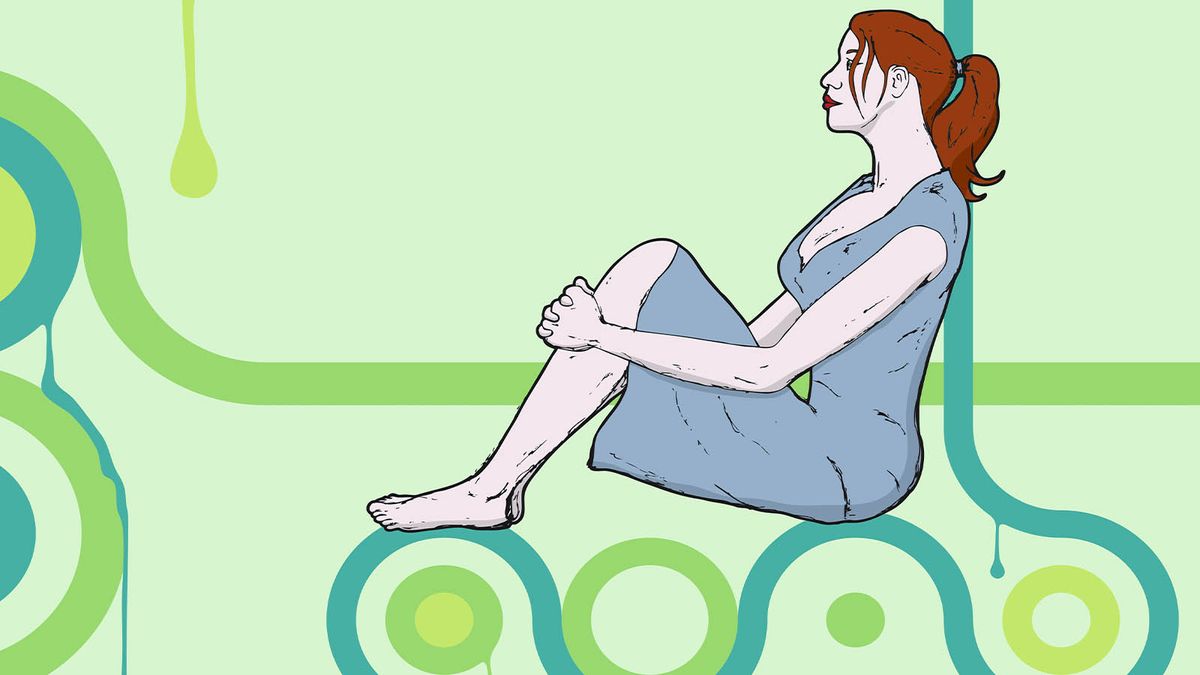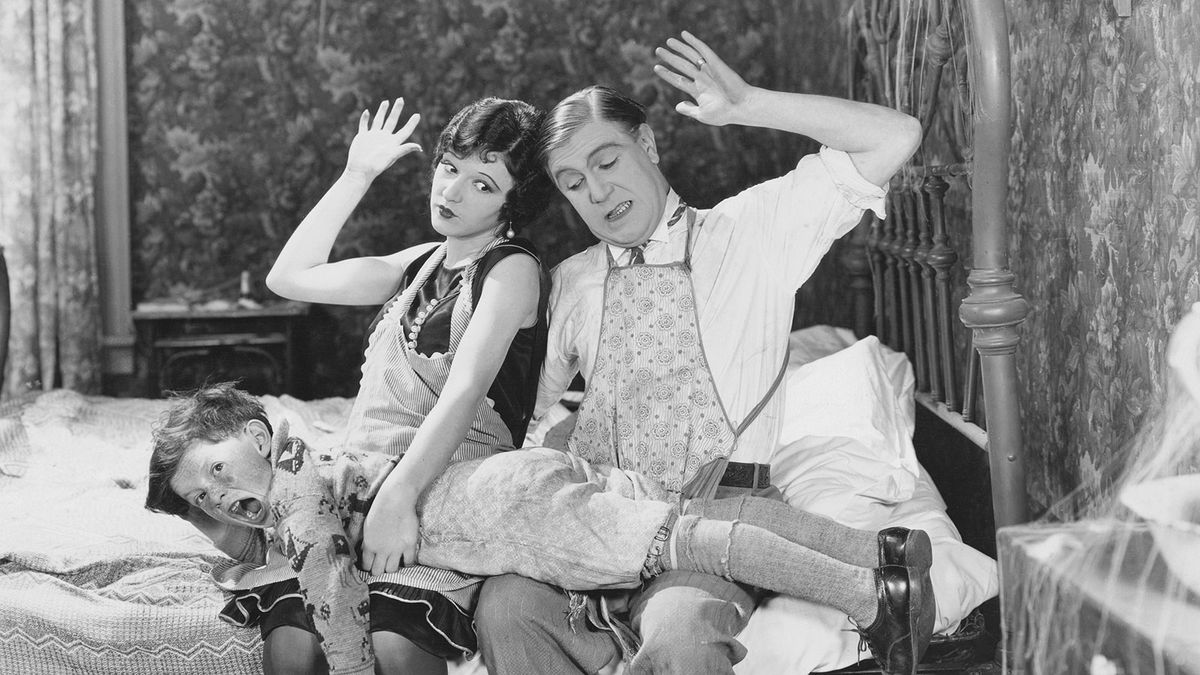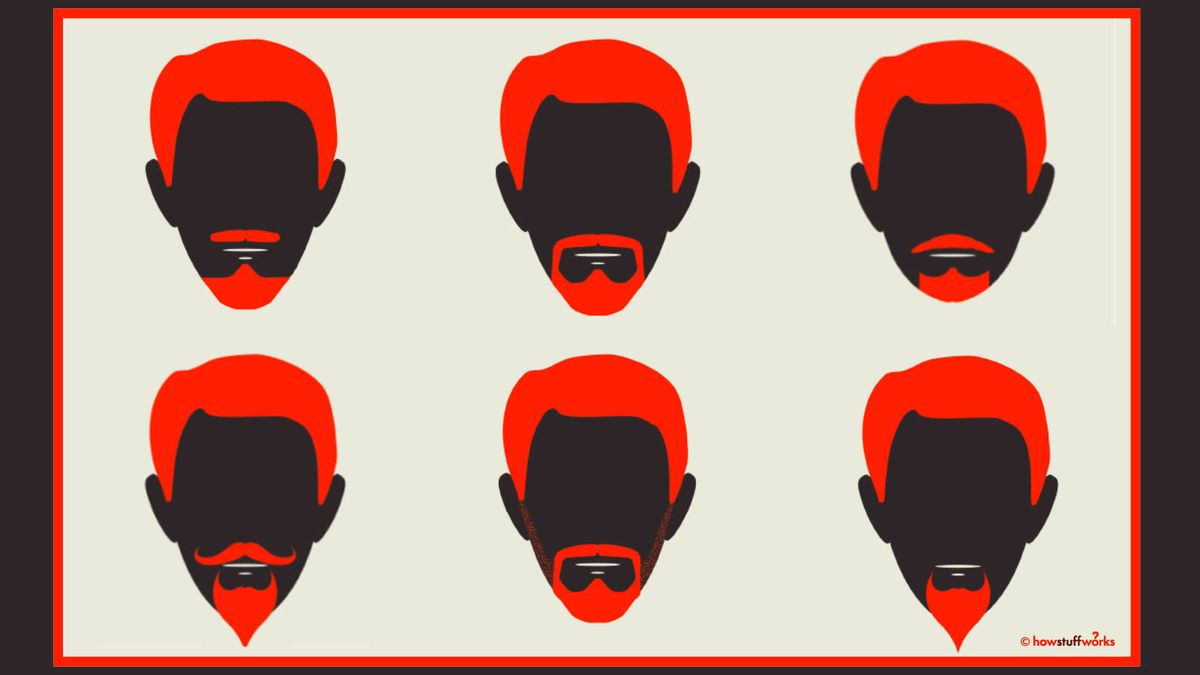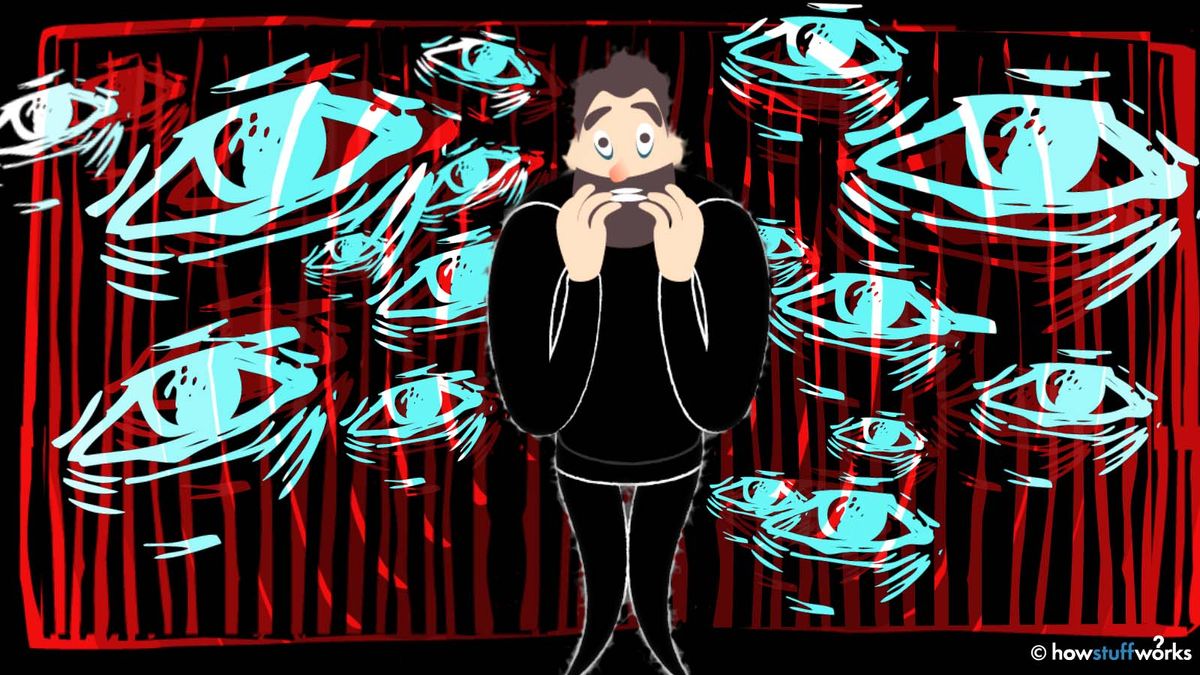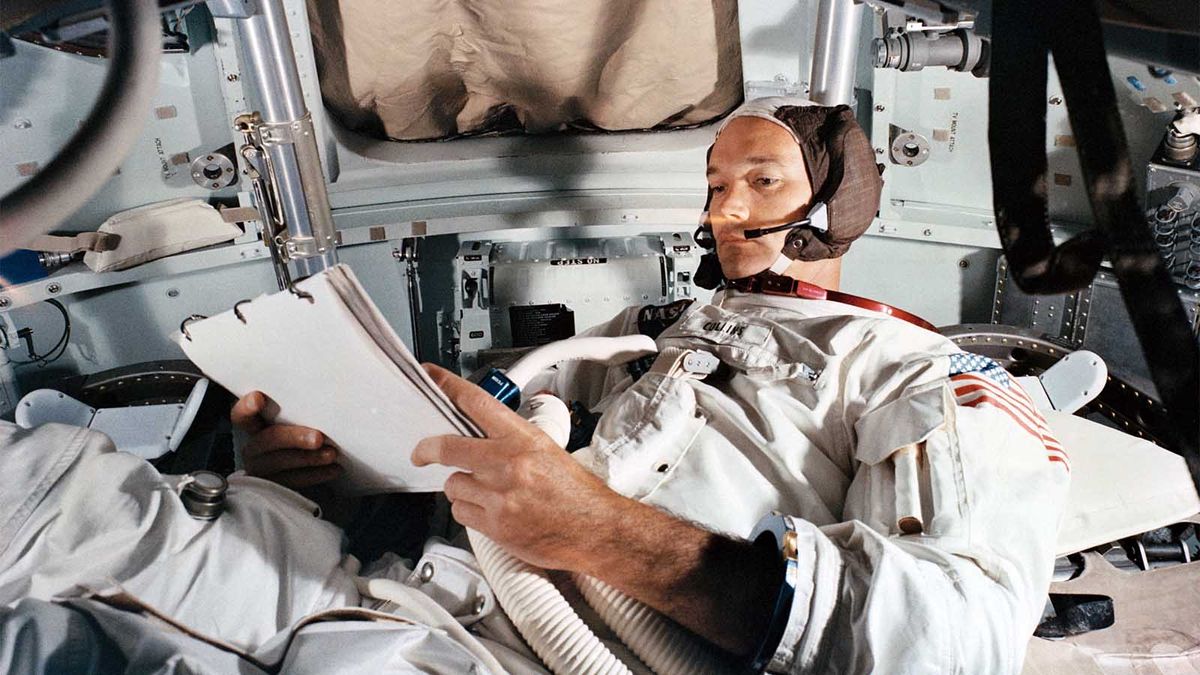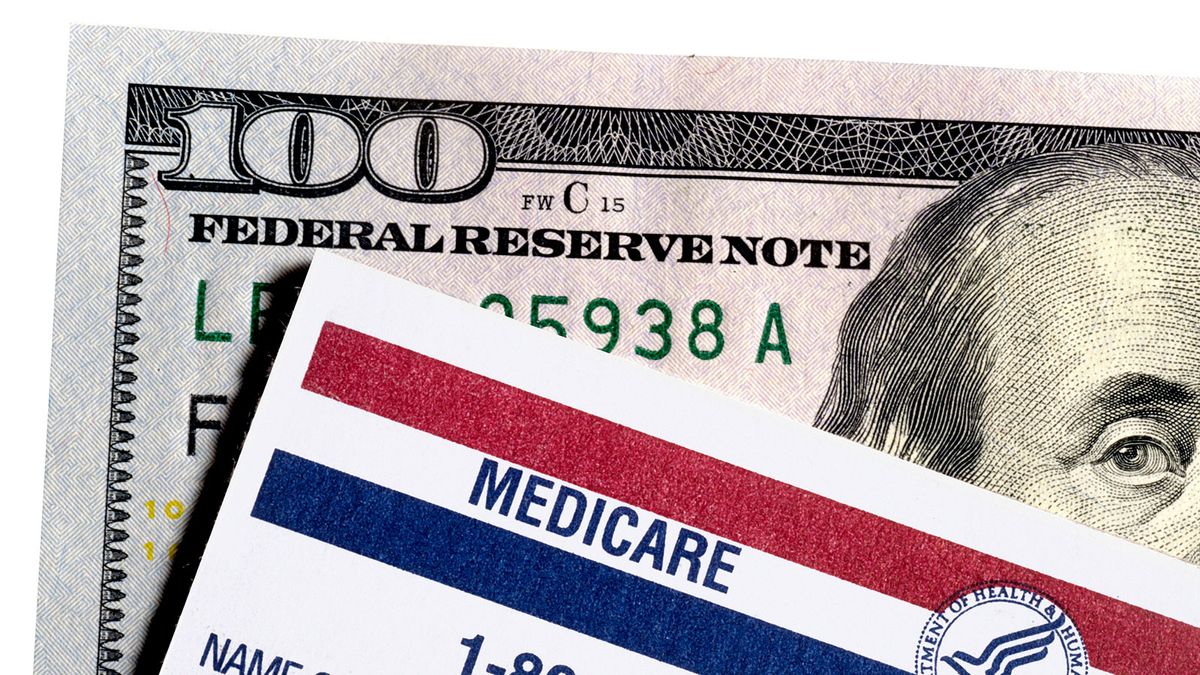
Tag der Amtseinführung, Januar 1961: John F. Kennedy spricht von einer Fackel, die an eine neue Generation weitergegeben wird. Es ist inspirierendes Zeug, und das Land braucht einige hoffnungsvolle Worte. Kennedy tritt sein Amt während einer tiefen Rezession an . Die Arbeitslosigkeit steigt, Gewinne und Aktien gehen zurück.
Nur fünf Jahre später beträgt die Wachstumsrate der US-Wirtschaft 6,6 Prozent und die Arbeitslosigkeit ist auf 3,8 Prozent gesunken.
Obwohl er im November 1963 auf tragische Weise ermordet wurde, schreiben Historiker Kennedy weitgehend die Politik zu, die zur Genesung führte. Diese Politik schaffte es, gleichzeitig liberal und konservativ zu sein. Kennedy überzeugte den Kongress, den Mindestlohn, die Arbeitslosenunterstützung und die Infrastrukturausgaben zu erhöhen und gleichzeitig die Einkommens- und Körperschaftssteuern zu senken.
Die verbreitete Weisheit war, dass man, wenn man die Steuern senken wollte, auch die Ausgaben kürzen musste, aber Kennedy setzte darauf, dass „eine steigende Flut alle Boote hebt“. Und er hatte recht – es folgte ein Boom [Quelle: NPR ].
Eigentlich stand sogar Kennedy der Idee zunächst skeptisch gegenüber. Aber einigen Zauberern in seinem Council of Economic Advisers (CEA) gelang es, ihn davon zu überzeugen, dass die kombinierten Strategien den Zweck erfüllen würden.
Einer dieser Berater war ein brillanter Ökonom namens Arthur Okun, der einen direkten Zusammenhang zwischen der Arbeitslosigkeit eines Landes und seinem Bruttosozialprodukt (BSP) entdeckte. Anhand von Daten von 1948 bis 1960 konnte er zeigen, dass das BSP um 3 Prozent für jeden Prozentpunkt steigt, den die Arbeitslosigkeit sinkt. Okun wies sorgfältig darauf hin, dass das Gesetz nur für Situationen zu gelten schien, in denen die Arbeitslosenquote zwischen 3 und 7,5 Prozent lag. Diese Beobachtung wurde als Okuns Gesetz bekannt und war Teil der Argumentation des CEA für Steuersenkungen während einer Rezession [Quelle: Yale ]. Die Kürzungen würden Investitionen ankurbeln, was wiederum Beschäftigungswachstum schaffen würde, was laut Gesetz zu einer Stärkung der Wirtschaft führen würde.
Aber natürlich hielt dieser Boom der 1960er Jahre nicht an, und als es in den 70er Jahren bergab ging, hatte Okun eine weitere einfache, aber geniale Erfindung – den Misery Index.
- Stagflation
- Okuns Elend
- Elend überarbeitet
- Das neue Elend
Stagflation

Okun war während der Präsidentschaft von Lyndon Johnson Vorsitzender des CEA und wechselte dann in den 1970er Jahren zur Brookings Institution. Bis dahin war mit der Wirtschaft etwas noch nie Dagewesenes passiert.
1973 führten Ägypten und Syrien eine Koalition arabischer Staaten bei einer Invasion israelischen Territoriums an, um den Sinai und die Golanhöhen zurückzuerobern. Als die USA in den Konflikt eintauchten, indem sie Waffen an die israelischen Streitkräfte lieferten, revanchierte sich die arabische Koalition, indem sie ein Embargo für Ölexporte verhängte . Das Embargo umfasste die USA und alle anderen Länder, die Israel unterstützten [Quelle: US-Außenministerium ].
Damals waren die USA stark abhängig von ausländischem Öl – das abrupte Schließen der Hähne war ein enormer Schock für das System. Die daraus resultierende Kraftstoffknappheit ließ die Ölpreise um 37 Prozent steigen [Quelle: Resnick ]. Bald standen die Autos Stoßstange an Stoßstange in Reihen, um zu tanken.
Wenn die Nachfrage das Angebot übersteigt, kommt es zur Inflation, und genau das ist passiert. Was auch geschah, war zur Bestürzung aller ein Anstieg der Arbeitslosigkeit.
Das war seltsam, weil Arbeitslosigkeit und Inflation einst als sich gegenseitig ausschließend galten. Das Phänomen erhielt den Namen „Stagflation“, und es stellte sich heraus, dass es ein sehr schwieriges Problem zu lösen war. Jeder Versuch, die Inflation zu reduzieren, würde wahrscheinlich die Arbeitslosigkeit verschärfen.
Es dauerte Jahre, bis sich die Wirtschaft aus dem Schlamassel erholte, und währenddessen kämpfte die amerikanische Gesellschaft mit einem Konzept, mit dem sie sich seit der Weltwirtschaftskrise nicht auseinandersetzen musste – weit verbreitete finanzielle Not.
Elend war überall. Und Inflation und Arbeitslosigkeit waren die Quellen kollektiver Besorgnis, als Arthur Okun an einer neuen Methode zur Messung des Zustands einer Wirtschaft bastelte. Angesichts des Kontexts ist es daher kaum verwunderlich, dass der Misery Index sehr einfach berechnet wird, indem die jährliche Inflationsrate zur Arbeitslosenquote addiert wird [Quelle: InflationData ].
Okuns Elend

Okun's Misery Index provides a snapshot of the economy. Combining the inflation rate with the unemployment rate also gives a sense of how people are experiencing the economic conditions on the ground. Unemployment tends to outpace inflation, especially in the post-stagflation era when authorities have used more aggressive interest rate controls to manage the country's money. Using the index, Okun was able to look back in time at previous eras and measure past economies against the present. His data, however, screeched to a halt at 1948; there are no reliable unemployment statistics before that year.
Nevertheless, looking back, economists were able to note a correlation between the Misery Index and the fortunes of the U.S.'s two rival political parties. In 1956, for instance, the Misery Index was a modest 6.53 percent. Was it just a coincidence that Dwight Eisenhower coasted to reelection that year? Many economists think the state of the economy was an important factor in his success.
By contrast, in 1968 when Johnson's presidency came to an end, the index was up to 8.13. Johnson's replacement for the Democratic candidacy, Hubert Humphrey, was duly defeated by Richard Nixon. The index rose to 11.67 during Nixon's first term but then began a steady decline, clearing the way for Tricky Dick to return to the White House in 1972. Directly afterward, misery was back with a vengeance, clawing all the way up to 17.01 by 1974 when the Watergate scandal forced Nixon's resignation.
During Gerald Ford's short-lived presidency, the index slid back down to 12.66, but he still lost to Jimmy Carter in 1976. During his campaign, Carter talked a lot about the Misery Index in his effort to showcase how badly change was needed. After all, Ford's 12.66 was better than Nixon's 17.01, but it was a far cry from the glory days of Eisenhower's 6.53. Unfortunately for Carter, the Index came back to bite him. By 1980 it had reached an all-time high of 21.98.
Reagan, canny campaigner that he was, used Carter's earlier index-citing words against him and was soon nestling into the White House. By the end of his two terms, the index had been wrestled down to 9.55 just in time to elect George Bush Sr. Then it inched up to 10.45, giving Bill Clinton the opening he needed to slide into the Oval Office in 1992. It was down even further to 7.35 in 2000, but it was climbing fast and, in a rare departure from the norm, the candidate for the rival party, Bush Jr., was able to squeak in despite a low index.
Under George W., the index pumped up to 11.40 in 2008 and then suddenly dove to 7.87 from September to November of that year when Barack Obama came into office. But this was an example of a flaw in the index. Despite the low number, people were actually quite miserable at the time because unemployment was rising fast and the stock market had crashed. And that crash had caused an abrupt deflation in the value of the U.S. dollar, throwing off the index, which relies on inflationary numbers for its measurement of wretchedness [source: InflationData.com].
In fact, for some time, economists had noted that the Misery Index needed some tweaking. Several of them had started to take on the challenge.
Misery Revised

In his 1996 book, "Getting It Right: Markets and Choices in a Free Society," Harvard professor Robert Barro revised Okun's Misery Index by adding a few extra parameters. Arguing that Okun's index provided a glimpse of the economy but didn't reveal whether conditions were improving or worsening, Barro focused on creating an index that would measure performance over a president's term in office.
To do this, he used four measurements. First he took the inflation rate during the last year of a president's term and compared it to the average inflation rate over the course of the subsequent president's entire time in office. Second, he did the same thing with the rate of unemployment. Third, he added in the changes in the 30-year government bond yield over a presidency and, finally, he considered the difference between the long-term rate of GDP growth and the real rate of growth over the president's term in office.
Instead of a series of snapshots, Barro was able to create a continuous record of economic performance, term by term. The POTUSes (POTI?) who came out on top in the revised index were Reagan and Clinton [source: Hanke].
Roughly a decade later, Steve Hanke took Barro's index a step further. To the measurements of inflation and unemployment, he added interest rates and subtracted annual percentage changes in GDP [source: InflationData.com]. He then used the new index to gauge economic performance outside the U.S.
This isn't always easy because some countries, such as Venezuela, use price controls to keep inflation in check. Hanke argues that the resulting official inflation rates are inaccurate, and he uses some creative methods (such as identifying black-market exchange rates) to calculate what he considers to be the true rate of inflation. In Hanke's 2014 index, Venezuela topped the gloominess chart at 79.4.
With a whopper of a number like that, the U.S.'s 11.0 looked pretty good, but it wasn't much to boast about considering that 18 countries were less miserable, including the usual suspects like Canada, Germany and Norway, but also Latvia, Panama and Thailand. And while South Korea, Singapore and Taiwan were in the top (or rather bottom) five, none of them could touch Japan, which, at 5.41, barely registered any misery at all [source: Hanke].
The New Misery

Critics of the misery indexes discussed so far opine that the numbers rendered are deeply flawed. For starters, they say, the two main sources, standard unemployment statistics and the annual consumer price index (for inflation) are considered inaccurate by some. Unemployment stats, for instance, don't typically include people who are working part-time or, for that matter, those who have abandoned the job hunt. The consumer price index, for its part, might not give adequate weight to essentials like fuel and food.
But say you do give gas prices their due — that has no bearing on people who don't have cars. And when we're talking about misery, shouldn't we also factor in things like house foreclosures , evictions, bankruptcy , loan defaults and loss of health coverage?
Accordingly, efforts have been made to create yet more accurate measurements of population-wide misery. In 2009, for instance, The Huffington Post created a metric it calls the Real Misery Index.
Traditionally, the various misery indexes have used something called U3 unemployment statistics. The U.S. Bureau of Labor Statistics (BLS) actually has six different statistical measurements of unemployment (U1 through U6). U3 is the official one you hear in news reports, but it only measures the number of people who are officially unemployed. U4, U5 and U6 increasingly broaden the scope of who is considered truly unemployed. U6, the broadest of the metrics, includes people who've become so discouraged they've given up trying to find work, as well as those who are employed part-time because there's no full-time work available [source: Investopedia].
HuffPost's Real Misery Index uses the U6 statistic. It then averages out seven other stats: the inflation rate of food/drink, fuel and healthcare; the rate of credit card delinquency; the cost of housing; how many people are using food stamps; and home equity loan deficiencies. With the average of those seven numbers added to the U6 stat, the Real Misery Index had a wildly different result from traditional indices. The Okun Misery Index for 2009 was 8.1. But HuffPost's Real Misery Index registered a stunning 29.9 [source: Parks]. By March 2010 it was all the way up to 33. Happily, that was the peak. That summer, it dropped back down to 24, hinting at the slow but steady recovery to come. Too bad the Post hasn't kept up their index; it would be interesting to see where we stand now.
Im März 2017 lag der Basis-Misery-Index in den USA bei 6,88. Das ist eine einfache Addition der Arbeitslosenquote von 4,5 Prozent und der Inflationsrate von 2,38 Prozent. Das ist im historischen Vergleich ein sehr niedriges Maß an Elend, verglichen mit den Eisenhower-Jahren [Quelle: US Misery Index ].
Viele weitere Informationen
Anmerkung des Autors: Wie der Misery Index funktioniert
Ich bin alt genug, um mich noch gut an die 70er zu erinnern. Woran ich mich erinnere, sind viele lange gefiederte Haare, große alte rostige Autos, abgenutzte Schlaghosen, superbreite Kragen und eine allgemeine Atmosphäre von DIY-Schrott. Aber woran ich mich nicht erinnere, ist ein allgemeines Gefühl des Elends. Als die 80er kamen, waren die Autos plötzlich kleiner und glänzender, alle hatten kürzere Haare, schmalere Kragen, spitz zulaufende Hosenbeine und die Leute kauften Sachen neu, anstatt sie selbst herzustellen. Waren wir besser dran? Ich bin mir nicht sicher.
Zum Thema passende Artikel
- Wie Inflation funktioniert
- Was ist Stagflation und warum ist sie so gefährlich?
- Wie Arbeitslosigkeit funktioniert
- Die Geschichte der Ölkrisen-Quiz
- Wie Trickle-Down-Ökonomie funktioniert
Weitere tolle Links
- Rat der Wirtschaftsberater
- US Bureau of Labor Statistics
Quellen
- Baram, Markus. "Real Misery Index fiel während der Sommermonate, was auf eine Erholung hindeutet." HuffingtonPost. 25. Mai 2011. (7. Mai 2016) http://www.huffingtonpost.com/2010/09/08/real-misery-index-dropped_n_709401.html
- Enzyklopädie Britannica. "Arthur M. Okun: Amerikanischer Ökonom." 8. Sept. 2014. (3. Mai 2016) http://www.britannica.com/biography/Arthur-M-Okun
- Gewachs, Marilyn. "JFKs dauerhaftes wirtschaftliches Erbe: Niedrigere Steuersätze." NPR. 14. Nov. 2013. (3. Mai 2016) http://www.npr.org/2013/11/12/244772593/jfks-lasting-economic-legacy-lower-tax-rates
- Gordon, Robert J. und Robert E. Hall. "Arthur M. Okun 1928-1980." (3. Mai 2016) http://www.brookings.edu/~/media/Projects/BPEA/1980-1/1980a_bpea_gordon_hall.PDF
- Hanke, Steve. "Measuring Misery Around the World." Cato Institute. 2014. (May 6, 2016) http://www.cato.org/publications/commentary/measuring-misery-around-world
- Hanke, Steve. "The Misery Index: A Reality Check." Cato Institute. 2009. (May 6, 2016) http://www.cato.org/publications/commentary/misery-index-reality-check
- Investopedia. "The True Unemployment Rate: U6 Vs. U3." (May 7, 2016) http://www.investopedia.com/articles/investing/080415/true-unemployment-rate-u6-vs-u3.asp
- Kadlec, Charles. "Nixon's Colossal Monetary Error: The Verdict 40 Years Later." Forbes. Aug. 15, 2011. (May 4, 2016) http://www.forbes.com/sites/charleskadlec/2011/08/15/nixons-colossal-monetary-error-the-verdict-40-years-later/#30b97b316682
- Klein, Matthew. "A Brief History of Macro: How We Got Here." The Economist. Jan. 21, 2013. (May 2, 2016) http://www.economist.com/blogs/freeexchange/2013/01/brief-history-macro
- Kollewe, Julia. "Inflation: What You Need to Know." The Guardian. Feb. 15, 2011. (May 4, 2016) https://www.theguardian.com/business/2011/feb/15/inflation-q-and-a#ixzz2UgsEGuCM
- Krugman, Paul. "The Stagflation Myth." The New York Times. June 3, 2009. (May 2, 2016) http://krugman.blogs.nytimes.com/2009/06/03/the-stagflation-myth/?_r=0
- McMahon, Tim. "Misery Index." InflationData.com. 2016. (May 2, 2016) http://inflationdata.com/articles/misery-index/
- Essen, Ron. „Arthur Okun von der Brookings Institution – Vater des ‚Misery Index‘.“ Brookings. 17. Dez. 2008. (2. Mai 2016) http://www.brookings.edu/research/opinions/2008/12/17-misery-index-nessen
- Parks, Cara. "HuffPosts Real Misery Index: Neuberechnung der harten Zeiten." 25. Mai 2011. (3. Mai 2016) http://www.huffingtonpost.com/2009/07/20/how-the-recession-affects_n_241557.html
- Phillips-Fein, Kim. "Das Erbe der Finanzkrise der 1970er Jahre." Die Nation. 16. April 2013. (3. Mai 2016) http://www.thenation.com/article/legacy-1970s-fiscal-crisis/
- Piraee, Khosrow and Maryam M. Barzegar. "The Relationship between the Misery Index and Crimes: Evidence from Iran." Asian Journal of Law and Economics. Vol. 2, Iss. 1. 2011. (May 2, 2016) https://www.researchgate.net/publication/227377732_The_Relationship_between_the_Misery_Index_and_Crimes_Evidence_from_Iran
- Prachowny, Martin F.J. "The Kennedy-Johnson Tax Cut: A Revisionist History." June 2000. (May 3, 2016) http://qed.econ.queensu.ca/faculty/prachowny/CEA.HTM
- Resnick, Brian. "What America Looked Like: The 1970s Gas Crisis." The Atlantic. May 31, 2012. (May 4, 2016) http://www.theatlantic.com/national/archive/2012/05/what-america-looked-like-the-1970s-gas-crisis/257837/
- United States Misery Index. (May 12, 2016) http://www.miseryindex.us/
- US-Außenministerium. "Ölembargo, 1973-1974." (4. Mai 2016) https://history.state.gov/milestones/1969-1976/oil-embargo
- Fakultät für Wirtschaftswissenschaften der Yale University. "Arthur Okun: Biographie." (3. Mai 2016) http://economics.yale.edu/sites/default/files/files/Okun-Lectures/Okun-Biography.pdf


